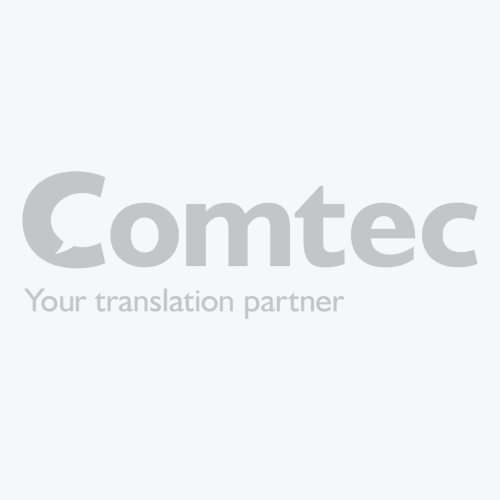From planning to delivery, every new content project is a learning curve for both agencies and clients.
When clients hand over a chunk of their marketing budget – not to mention the keys to their content – they put their faith in the agency to do a great job. In return, agency writers and editors need clarity, consistency and fairness to produce amazing work.
It’s a delicate balancing act. When the hours stack up, deadlines approach and stress levels increase, minor misunderstandings can throw things off track.
As a writer who has worked both in-house and agency-side, I’ve learned that trust is essential for any great client-writer relationship. It creates sharper content and a better working environment. Most of all, trust is what makes people willing to push harder to get a project over the line.
So, how can we build trust into these relationships from the ground up?

Common pitfalls in client-writer relationships
There are a number of recurring issues that could turn the writer-client relationship sour.
For clients, these can include:
Poor onboarding
Sometimes, writers and editors fail to ask the right questions at the beginning of a project, which may lead to confusion later. Likewise, when writers join an account late in the game, it’s vital they get the proper internal briefing.
Unclear communication
Without regular work-in-progress meetings and catchups, it can leave clients in the dark. This can mean content heads too far in the wrong direction, wasting valuable time, resource and budget.
Long lead times
Work can take longer than a client might expect or want. If a deadline isn’t agreed in advance, work can be sidelined.
But it’s a two-way street. Writers face their own set of problems.
Unexpected deadlines
Agencies deal with multiple clients and projects, so unexpected deadlines and task outside of the agreed scope can throw the week into disarray.
Insufficient style guidance
In-house teams live and breathe their brand style – but agency writers don’t always work on an account full time. They work with different brands, from different sectors, each with their own house styles, audiences and regulatory environments. If a writer isn’t fully briefed on house style at the start of a project, they’re unlikely to nail the tone first time round. This can lead to multiple rounds of amends later.
Moving goalposts
‘Unsigned off’ content is a rare but dreaded content issue. Sometimes, businesses need to change strategy or message. But a sudden change of tack halfway through a project can lead to a disruptive scramble of unexpected rewrites on completed work.
How can writers and agencies help each other do a great job?
We can avoid most problems in agency-client relationships with a great rapport and a strong process in place. Often these two interlink.
Let’s take house style as an example. As writers, we want to know all the minutiae. Are we writing headlines in title case? ‘Em’ or ‘en’ dash? (please – no semicolons). And from Gen Z TikTokers to trainee teachers, migrant workers to Twitch streamers, it’s essential to know the audience.
To get these answers straight from the proverbial horse’s mouth, our team has had great experiences with immersion sessions and TOV masterclasses from in-house marketers. These provide vital brand information from the outset and are a great way to build rapport too.
Test content can also work wonders. Creating a few pieces before the project formally begins means writers can hone style points and sign-off processes at the same time. When a project is in full swing, regular progress meetings help smooth out any kinks in the timeline as they arise.
In return for the client’s time and effort, we writers should be trusted to immerse ourselves head over heels in our accounts. We should be flexible, eager and unafraid to ask questions – acting as an extension of the client’s in-house team.
By building communication, transparency and trust into the client-writer relationship, we can create better content. Perhaps most importantly, we can make the client-agency model less of a transaction – and more of a partnership.
Techniques and tools for stronger partnerships
At Stickyeyes, we like to hardwire collaboration, transparency and trust into the way we work. Here are a few tools we use to help:
- Shared documents help agencies and clients sing from the same content sheet. They’re useful for creating dialogue with comments and questions.
- Workshops are great for training and onboarding. Recording them saves time and allows newer writers joining the project to get clued-up later.
- Cloud-based tools like Asana, Trello, Wrike and Slack are invaluable for joint project management and progress tracking.
- Brand books and audience insights provide vital reference information for the writing process. The more detailed, the better.
- Ad hoc hours help writers, editors and project managers factor in additional time, just in case. This can provide essential wiggle room for unexpected tasks as they crop up.
Want to know more about how Stickyeyes work with clients and create best-in-class content? Head over to our blog to find out what’s making us click, or check out their CMA member page.






